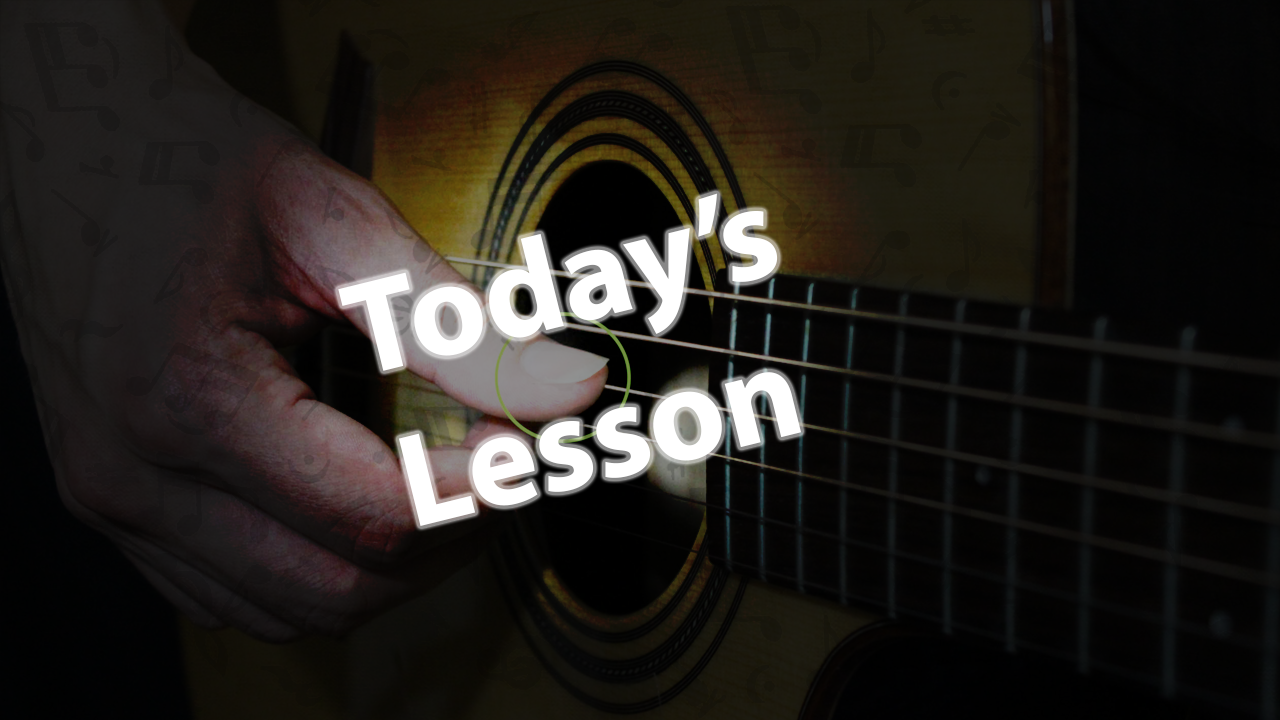Introduction:
Guitar notation is a system of writing music for the guitar using standardized symbols and markings. Understanding guitar notation is essential for any guitarist looking to learn new songs, compose music, or communicate musical ideas with other musicians. In this article, we will explore the basics of guitar notation and provide tips for interpreting and reading guitar sheet music.
Tablature vs. Standard Notation:
One of the most common forms of guitar notation is tablature, or “tab” for short. Tablature uses numbers to represent frets on the guitar neck, allowing players to easily visualize where to place their fingers on the fretboard. Standard notation, on the other hand, uses traditional music symbols such as notes, rests, and time signatures to convey musical information.
Reading Tablature:
Tablature is often easier for beginners to read, as it provides a clear visual representation of where to place your fingers on the guitar. Each number on the tab represents a fret on the guitar neck, with the strings typically listed from lowest to highest pitch. For example, a “0” on the low E string would indicate an open string, while a “3” on the A string would indicate pressing down on the third fret.
Reading Standard Notation:
While standard notation may be more challenging to read initially, it offers more detailed information about the music being played. Notes on the staff indicate pitch, while symbols such as sharps, flats, and accidentals provide information about key signatures and musical expression. It is important for guitarists to familiarize themselves with standard notation to expand their musical knowledge and repertoire.
Tips for Understanding Guitar Notation:
- Practice regularly: The more you practice reading guitar notation, the easier it will become.
- Listen to recordings: Listening to recordings of the music you are learning can help reinforce the notation on the page.
- Use a metronome: Practicing with a metronome can help you develop a sense of rhythm and timing while reading music.
- Seek guidance: If you are struggling to understand guitar notation, consider seeking guidance from a music teacher or experienced guitarist.
Conclusion:
Understanding guitar notation is an important skill for any guitarist looking to improve their playing and musical understanding. Whether you prefer tablature or standard notation, taking the time to learn how to read and interpret guitar sheet music can open up a world of musical possibilities. With practice and dedication, you can become proficient in reading guitar notation and unlock the full potential of your instrument.


0 Comments